Friday Degustation: served piping hot!
No winners, only kittehs
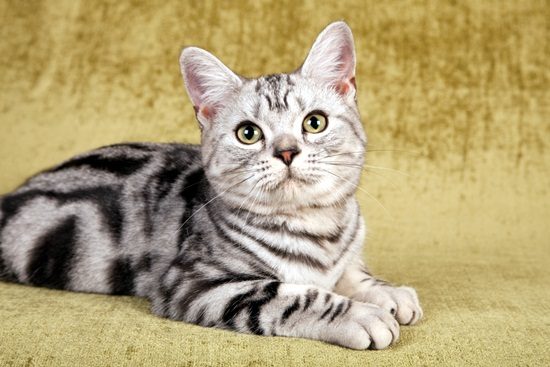
so here’s a picture of a kitteh, recently.
The Biennale of Australian Art was a great idea: a biannual contemporary art exhibition staged in Ballarat, a major regional arts centre, with plenty of local and national talent, that would draw attention to regional arts and provide a selling opportunity for participating artists. Unfortunately it didn’t quite work out. Despite the best efforts of its organisers and the good will of the artists, the costs of the exhibition outstripped the amount owed to exhibitors. After a period of trying to keep BOAA afloat, the organisation finally called it quits at the start of the month. Director Julie Collins announced on BOAA’s Facebook page:
When artists started complaining on social media about lack of payment from BOAA, the National Association of the Visual Arts got involved, and the issue gained national prominence. Last week, Ben Eltham in Guardian Australia complied a behind-the-scenes look at what had transpired, including the rather bizarre appearance of a voodoo doll: [>] “The voodoo doll sat for several weeks in March on the bar of Barboaa, the pop-up drinking establishment opened by the inaugural Biennale of Australian Art (Boaa), on Lydiard Street in Ballarat. Small and not particularly spooky, the doll bore an uncanny resemblance to NAVA director, Esther Anatolitis. The bar owner denies that the effigy was in her likeness, but Anatolitis had reason to suspect otherwise: she was not very popular with the Boaa crowd. She had been giving pointed interviews to the press about artists the biennale still owed money to, months after the festival had closed. The bar that the voodoo doll was propped up on had been among Boaa’s last-ditch efforts to raise money to help pay them back. Anatolitis’ warnings about the festival had been well-founded. Months after it finished, artists and trade creditors are still owed hundreds of thousands of dollars. There are no winners,” Boaa’s director, Julie Collins, tells Guardian Australia. “I feel completely terrible.”
The artists you love to hate
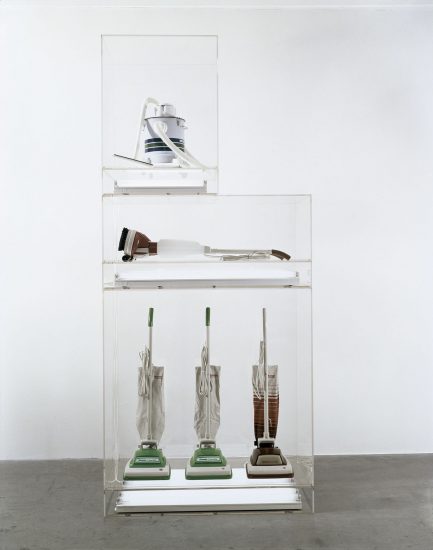
It feels as though the art world always needs its bad guys, artists whose fame has apparently long outstripped their talents and, while their work might be popular with collectors, or even attract select museum attention, their names are dragged through the social media mud. While past members of this elite group might later get some modicum of respect – Andy Warhol and Jean Michel Basquiat for instance – others like British artist Damien Hirst and his American counterpart Jeff Koons are still considered by many as virtually worthless.
Well, worthless in the credibility stakes. Koons recently reclaimed his title as the world’s most expensive living artist when his 1986 sculpture Rabbit sold for for $91.07 million. As Artsy.net reported the sale narrowly beat [>] “…the $90.3 million painting by David Hockney, Portrait of an Artist (Pool with Two Figures) (1972), which sold in November. The record-breaking Koons helped bring the night’s total to $538.97 million including fees, beating out the low estimate of $422.25 million but missing the high estimate of $605.15 million (pre-sale estimates do not include fees) […] Led by the marquee Koons sale, Christie’s saw an additional five canonical post-war artists reset their markets with new world records: Robert Rauschenberg Louise Bourgoise, Frank Stella, Larry Rivers and Daniel Buren.”
While Koons’s work may have entered the pantheon of Modernist greats at auction, he’s still got a long way to go before he has any kind of critical acceptance, right? Well, maybe not. Just as French galleries and museums took Basquiat’s work seriously long before his work was recently ‘reevaluated’ in the US, it often takes some inventive museum curation to bring the bad artists in from the cold. At Mexico City’s Museo Jumex, guest curator Massimiliano Gioni has put together Appearance Stripped Bare: Desire and the Object in the Work of Marcel Duchamp and Jeff Koons, Even which, according to Gioni looks, at “two artists at the two opposite bookends of the 20th century, each with a leg in the previous or succeeding century, were looking at objects, commodities, and sex.” And there are some more substantial claims for the pairing. [>] “Duchamp and Koons have been two of the few artists to fully comprehend the synchronized and parallel dynamics between art and society and, more importantly, to operate with them,” writes art historian Dorothea von Hantelmann in the catalogue for “Appearance Stripped Bare.” Duchamp, through his crusade against what he called “retinal art”—art that places the visual, and therefore questions of taste and class, over the conceptual—was the “first to get to the heart of what was happening in a society whose conception of identity, sensemaking, and well-being is oriented toward the production and consumption of objects,” von Hantelmann writes. Today, Koons appropriates this into a new, hypervisual era almost entirely dominated by “retinal art” by way of advertising or Instagram. A conceptual evolution of Duchamp’s shop windows, Koons’s mirrored stainless-steel structures literally reflect us. The artist’s plaque accompanying Rabbit quotes Koons as saying: “It’s about using the public as a readymade.”
Museum of Forbidden Art

In what is probably the strangest art story of the week, Suzanne Moore writes in the Guardian of her application for the job as director of the Savitsky Museum in Nukus, Uzbekistan. The museum holds a unique collection of local and regional art, as well prime examples of Russian avant grade art that was banned during the Soviet era. Nukus is on the shores of the Aral Sea, once the fourth largest inland sea, now a shrunken hell scape of rusting fishing vessels, beaten by storms of toxic dust, and where children suffer high rates of infant mortality and cancer. Still, the museum’s collection is unique. [>] “I am here for the art, invited by the Ministry of Culture. Uzbekistan is opening up and has lifted visa restrictions in a bid to bring tourists flocking to the Silk Road cities that we’ve seen Joanna Lumley ooh and aah over. The Nukus Museum of Art might be as close to the middle of nowhere as I have ever been, but it’s still one of the country’s top draws thanks to its Savitsky Collection, which exists precisely because it’s so far from anywhere else. Igor Savitsky, a former electrician born into a rich Russian family, came to this area on an archaeological dig around 1950 and started collecting local artefacts, textiles and jewellery. Because he was so far from Moscow (and the other centre of power, Tashkent) he was able to amass a huge collection of dissident avant garde art. Eventually he established a museum in 1966. The remoteness of the region allowed him to show and buy paintings that had been banned – the authorities simply had no idea what he was up to. But while the collection may be impressive – Volkov, Kurzin and Lysenko all feature – it’s hard to imagine this place being able to compete with the world’s big collections. As you step over puddles along mud tracks towards a bleak square where the museum stands, everything feels deserted and half dead.”
Follow @garywarner
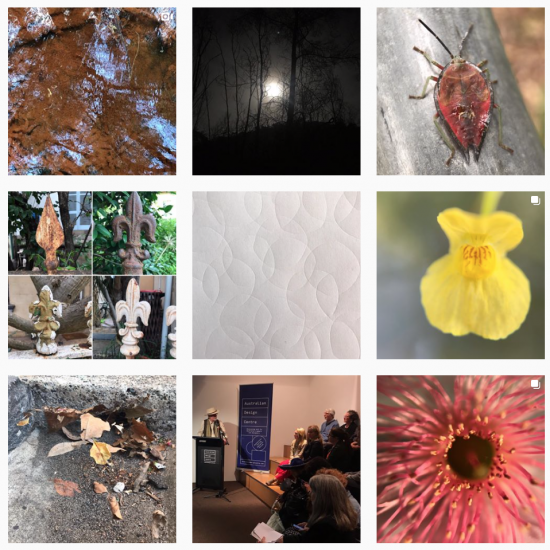
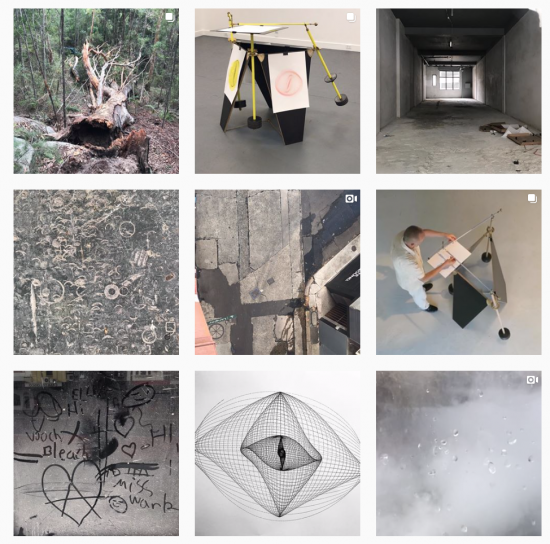
Artist, musician, general maker of things, and zen walking master Gary Warner has one of the most calming Instagram accounts available. His @garylwarner feed records his art making exploits using a variety of small machines to create autonomous drawings, his notable finds on walks from home to studio and back again, and the occasional sojourn to a black box of solitude in the bush.
Assorted Links
[>] RIP I.M. Pei
Can We Start Appreciating Indigenous Art on Its Own Terms? [>] What Australia’s Aboriginal artists and filmmakers are teaching Americans in two radiant shows.
Oopsie [>] Artworks pulled from Melbourne auction as late painter’s family claims they are fakes
City with a female face: [>] how modern Vienna was shaped by women
Monumental Keith Haring mural [>] uncovered in Amsterdam after being hidden for 30 Years
The artist known as KAWS is famous for his commercial collaborations. Now his paintings are fetching ever-higher auction prices [>] XX Marks the Spot: KAWS Goes Global
Free cache of [>] silent, obscure and underground feature length films available online, totally legit.
Meanwhile, Boston Public Library’s collection of [>] 50,000 78rpm records come to the internet!
Ai Weiwei is [>] suing Volkswagen for using his installation of refugee life jackets in an advertisement
Surreal portraits of [>] John Malkovich as iconic David Lynch characters
And finally…
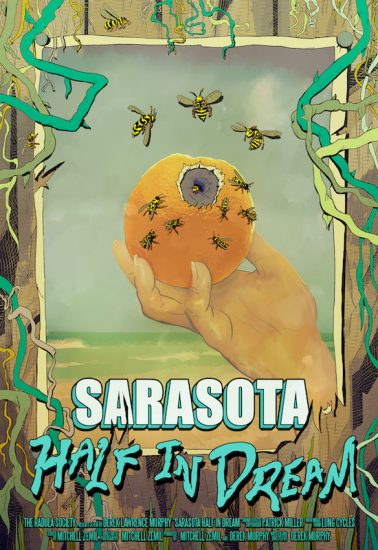
Who wouldn’t be tempted by a film described as “a feature-length Surrealist documentary about dead turtles, crab swarms, decaying resorts, and microscopic histories”? Such is the log line of Sarasota Half In Dream, the work of artist/filmmakers Derek Lawrence Murphy and Mitchell Zemil, a doco that clocks in at just over an hour, and mainlines a heavy Ballardian vibe. Check out the trailer below, or you can watch [>] the whole thing for free online [and throw the makers a $6 donation while you’re at it].
